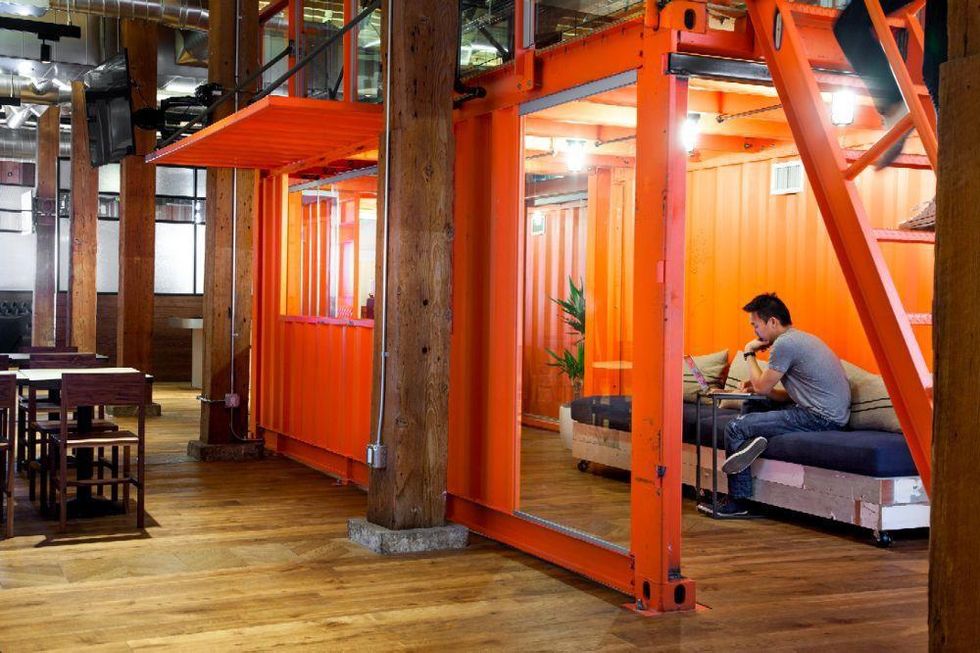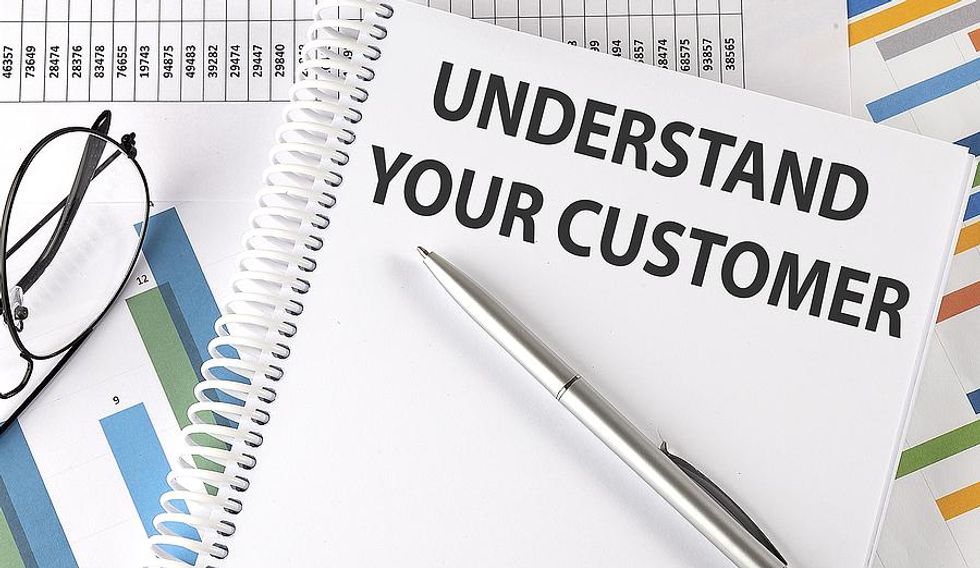
One of my jobs as a career coach is to help you see things from the recruiter's perspective. I actually was in the staffing recruiting industry before I became a career coach, so I know what they're thinking. And in this case, I don't want you to think of recruiters as the enemy. You want to enter into any conversation with a recruiter very informed, very calm, and very confident. Because if you do that, you're going to build a great relationship and get the results you're looking for.
What You Need To Know About Negotiating Salary With A Recruiter
@j.t.odonnell Reply to @jannaandschnorkie @j.t.odonnell How I salary negotiate with recruiters. #edutok #salary #salarynegotiation #learnontiktok #careertiktok #careeradvice #recruitment #recruiting #recruiter #jobtips #jobsearch #careermode '¬ original sound - J.T. O'Donnell
Let's break this down. A recruiter cannot waste their time on you if they can't afford you. So when they're asking you about your salary expectations, they're just trying to figure out whether or not they can even present opportunities to you.
If a recruiter asks you about salary expectations, respond with a range.
Your salary range consists of two things:
- Walkaway rate (the lowest amount of money you can accept without looking for another job)
- Ideal salary
Now, your ideal salary is based on market research. It needs to be within alignment with the market. You need to make sure that you're not overreaching on that range and, at the same time, you don't want to sell yourself short. So you do your homework and figure out, based on your skill set and your location, what your ideal salary is.
Your salary range could be big, maybe tens of thousands of dollars difference between the lowest number (the walkaway rate), and the highest number (your ideal salary). But it's a range. And you should present that to the recruiter and say...
"My range is (blank). This is the least amount of money I can take, and this is what I'm hoping to make. And that's really dependent upon the benefits, the opportunity itself, and what's involved. Do you have any opportunities that fit that range?"
That's how you start this conversation.
Recruiters hate it when people avoid the salary conversation. If you went into a store as a customer and asked, "How much does this cost?" and the salesperson said, "Well, let's get to know each other more before I tell you," that would feel super shady, wouldn't it? Well, that's what you're doing in this situation if you're not upfront because the recruiters are the buyers, the customers, and you're the business-of-one, the service provider selling your services.
So, when negotiating salary with a recruiter, you should be very confident, calm, and relaxed, and be able to explain your range. When you do that, you look so professional. And now the recruiter is excited because this is their first interaction with you. They're thinking, "This person'they know their range, they know their worth, they know what they want. I can work with this person."
Ultimately, it's all about doing some research and knowing your value as an employee, and then communicating that effectively with a salary range. That's all you have to do to successfully negotiate salary with a recruiter.
If you need more help negotiating salary with a recruiter or hiring manager, I can help.
I'd love it if you joined my FREE community where professionals like you are learning how to become empowered in their careers so they can finally find career happiness and satisfaction. More importantly, I have tons of resources inside this community that can help you prepare for your next job search.
Sign up for my FREE community and become a Workplace Renegade today! My team and I are looking forward to working with you soon.











